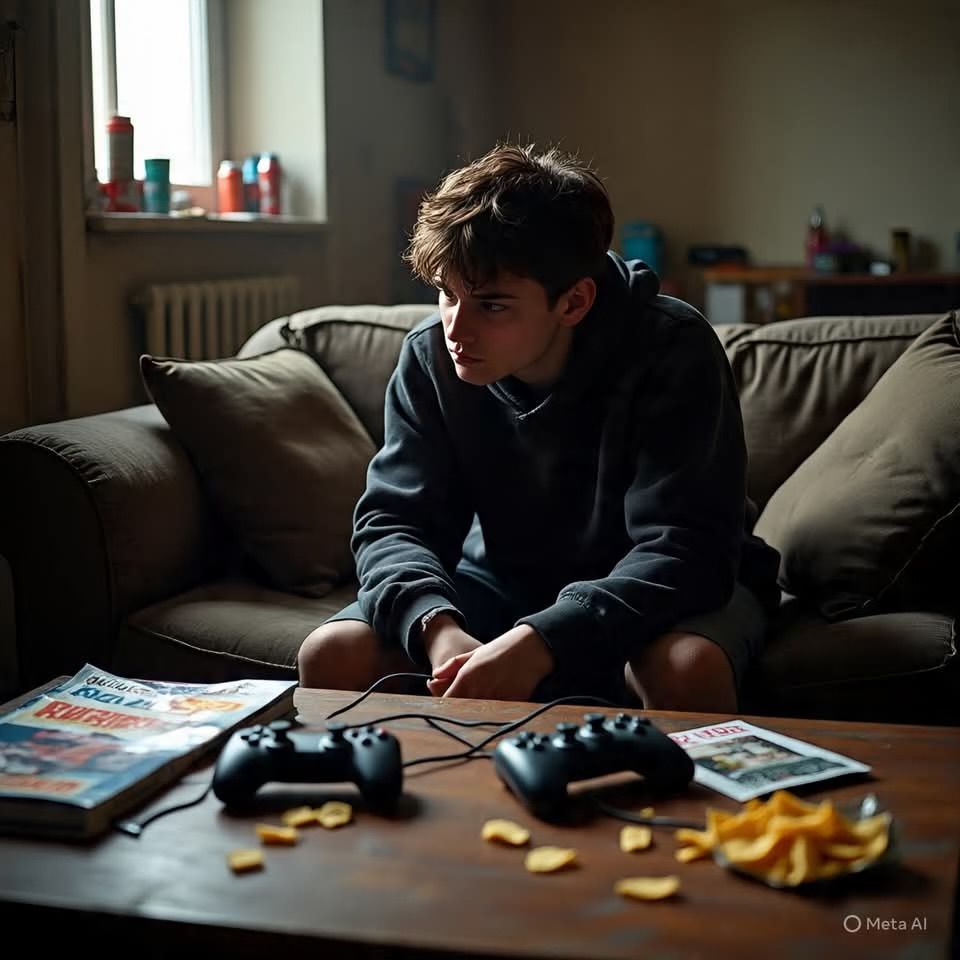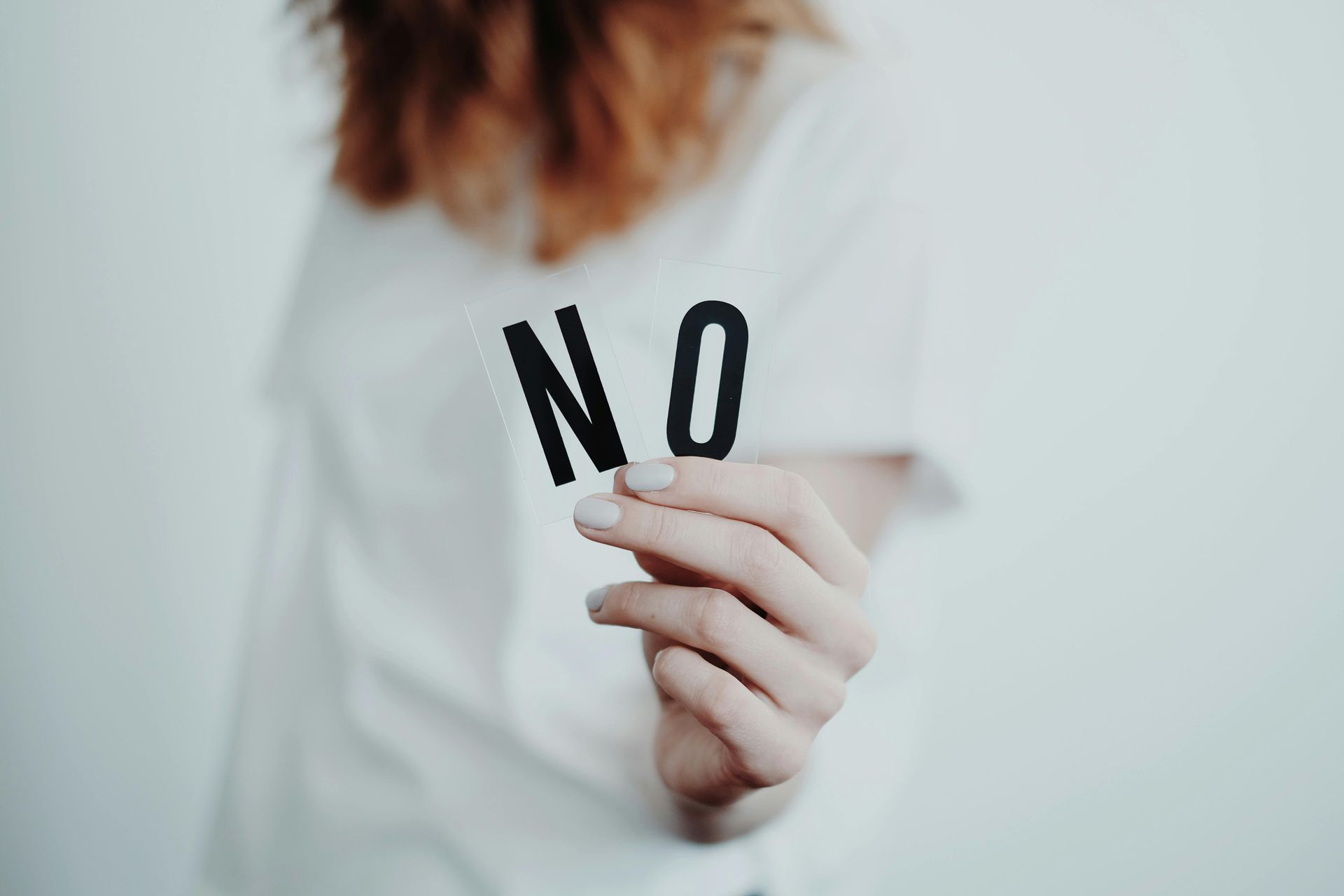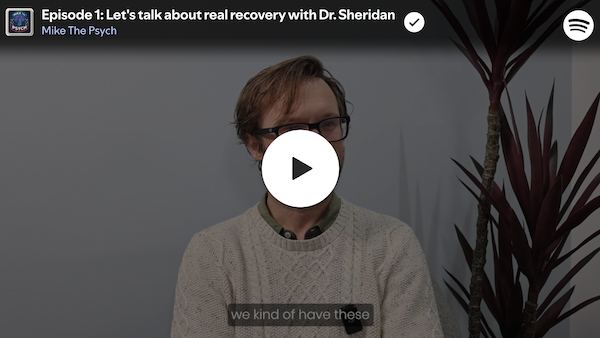Are You Stuck in a Dopamine Loop?
Here's How to Rebalance Your Brain Chemistry
We all crave feel good experiences. But not all “feel good” activities are created equal.
Some actions give us a quick hit of dopamine—a rush of motivation and anticipation—but leave us feeling flat, anxious, or even regretful afterward. This is especially common for people with ADHD, burnout, or chronic low energy.
In this post, we’ll explore why this happens, what brain chemicals are at play, and how to gently shift toward activities that create a balanced and lasting sense of wellbeing.
Brain's Feel Good Chemicals
A Guide
| Chemical | What it does | Boosted by |
|---|---|---|
| Dopamine | Craving, reward seeking, motivation, anticipation | Novelty, scrolling, sugar, goal achievement |
| Serotonin | Mood stability, contentment, confidence, self worth | Sunshine, gratitude, steady routines, nutrition |
| Oxytocin | Trust, bonding, social connection, love | Eye contact, touch, emotional intimacy, helping others |
| Endorphins | Pleasure, pain relief, euphoria | Laughter, exercise, stretching, music, spicy food |
| Noradrenaline | Alertness, focus, energy, readiness for action | Cold showers, challenges, time pressure, exciting activities |
The Dopamine Trap
Quick Hits, Long Slumps
For people with ADHD, depression, or burnout, dopamine becomes the dominant motivator.
Why?
- Dopamine is fast — it spikes quickly when you scroll, snack, game, or click.
- Other chemicals take effort — serotonin, oxytocin, and endorphins require physical activity,social engagement, or emotional vulnerability.
- Impaired regulation — many people with ADHD have lower baseline dopamine, and their brainscrave stimulation but lack the executive control to switch activities easily.
This creates a loop
Low energy → seek easy dopamine → momentary relief → crash → repeat
Over time, this loop worsens fatigue, emotional regulation, and motivation.
Multi Chemical Activities
We can’t “ban” dopamine — it’s essential! But we can balance it by choosing activities that also release serotonin, oxytocin, endorphins, or noradrenaline. Start with what's manageable for your energy level, and build up.
Low, Medium, and High Effort Activities for Balanced Brain Chemistry
| Effort Level | Balanced Activities | Brain Chemicals |
|---|---|---|
| Low Effort | Watch a funny or inspiring video and share it with. Sit in sunshine for 10 mins, Do five deep breaths with long exhales | Dopamine, oxytocin, serotonin |
| Medium Effort | Prepare and eat a healthy snack, Go for a walk while listening to upbeat music, Text or call a friend to check in | Dopamine, endorphins, serotonin, oxytocin |
| High Effort | Join a fitness class or dance to 3 songs, Cook a meal and eat with someone, Volunteer, help someone, or plan a group event | All five: dopamine, serotonin, oxytocin, endorphins, and norepinephrine |
A Helpful Reframe
When you're feeling low, instead of asking: “What would feel good right now?”
Try asking: “What would give me a longer lasting boost — not just dopamine, but connection, calm, confidence, or energy?”
Even a 2% better choice can change the trajectory of your day.
Final Thoughts
If you or your clients find yourselves stuck in dopamine only loops, you're not broken — you're human. Especially for those with ADHD or burnout, it's not about willpower, but chemistry.
Small changes, layered gradually, can help rebuild motivation and joy in a more sustainable way.







